As things turned out, I ended up spending rather little time
on the Pacific side of the Continental Divide in Glacier on this trip. To be
honest, many of the better hikes seem to be along or start from points on the
east side of the divide, but there are many places to explore and great trails
on the west side too, best known of which is the rather short hike to Avalanche
Lake which I did back in 2001. It was
also a goal of mine to get up to the rarely visited far northwestern part of
the park beyond Polebridge and around Kintla Lake. I had planned to do that a
few days later, but then my plans changed.
If you’re heading west, after dropping precipitously from
Logan Pass along the side of “The Garden Wall” that constitutes the Continental
Divide, Going-to-the-Sun Road follows McDonald Creek pas several waterfalls and
rapids through a valley between the park’s Livingston and Lewis Ranges. The
parking areas were all very busy, and it was hard to find a spot at many to get
out and explore. So it is in a park choking on its new popularity.
The road then follows the heavily forested south shore of
Lake McDonald for about 10 miles to the Apgar Visitor Center near the park’s West
Entrance. Along the lake’s shore is the third of Glacier’s grand park hotels constructed
by the Great Northern Railway, the Lake McDonald Lodge. Like Many Glacier and Glacier
Park, Lake McDonald is constructed in a mix of western log cabin and
faux-Alpine styles and is similarly impressive if on a somewhat less grand
scale. While inviting-looking, I didn’t “stay” for the night as I did at the
other two, instead continuing on thirty miles to the Flathead Valley where I
could find a gym to pump some iron. Just
because you’re getting good exercise hiking doesn’t mean you can completely slacken
off with the iron pumping.
The Flathead Valley and Flathead Lake are beautiful as well,
mostly forested and ringed by various mountain ranges. Flathead Lake is the
largest natural freshwater lake in the country west of the Mississippi, and
with its depth and relatively mild Pacific-influenced climate rarely freezes
over completely in winter. That leads to
the unexpected situation of vineyards and orchards along its shores; it’s
especially known for its sweet cherries and huckleberries.
I spent a winter timeshare trade week in 2012 in Lakeside on
the Flathead Lake’s northwestern shore. I used it for some snowshoeing near
Lake McDonald in Glacier and for skiing at Whitefish and Blacktail ski areas.
Part of my interest in the location for the week was to scope out the Flathead
Valley as a possible place to live.
In my opinion, the area has many of the
same appeals as Bozeman, being near good skiing, a major national park, and
great recreational opportunities with mountains in all directions. Here there
are also lakes for summer water activities.
When it came down to it, though, I chose Bozeman over Flathead Valley
for several reasons, one being sunnier winter weather in Bozeman than the
socked in Flathead Valley, a second being a better airport with more frequent
flights, and third a more open western “Big Sky” landscape than Flathead’s more
forested Pacific Northwest feel. The Flathead
is a beautiful place, though and would still be close to the top of my list of
places to live.
I was tentatively supposed to meet a friend from Colorado
who was doing his own loop tour of the northern Rockies the following weekend
in Missoula. My plan for the meantime was to spend a few days around Kalispell
and Whitefish and also head to the remote northwestern part of Glacier National
Park. On Monday I worked out, had a big lunch feed at an AYCE Mongolian
barbecue place named Huhot, and wandered around downtown Kalispell for a while.
Kalispell is the largest town in Flathead County and the Flathead Valley and
has a historic downtown along its Main Street, consisting like Bozeman’s almost
entirely of older buildings. The new stuff is all on the outskirts. It looks
like quite a nice place and one I could certainly call home, although Whitefish
15 miles away near the ski resort is considered the more upscale town in the
Valley.
On Tuesday morning I received a test from David that there
was a change of plans. He had to cancel
the remainder of his vacation to rush home because his hot water heater went
out and flooded his basement. I quickly considered my options and decided after
nearly two great weeks on the road I was ready to head home. It’s great to make plans to also good to be
flexible. The trip back to Bozeman from
Kalispell took me almost six hours, not counting a lunch stop in Missoula.
Montana is a huge state!

 Lake McDonald, Montana, United States
Lake McDonald, Montana, United States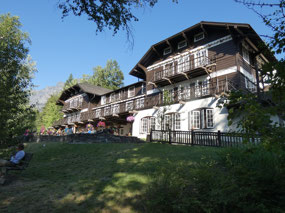
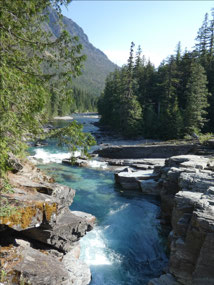
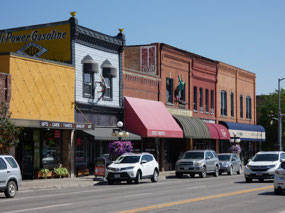
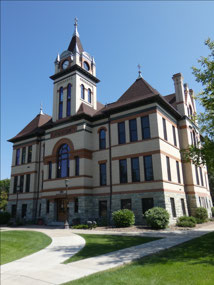

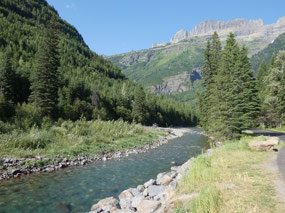
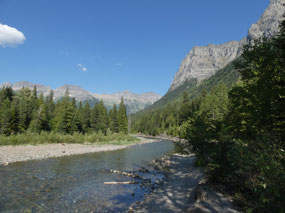
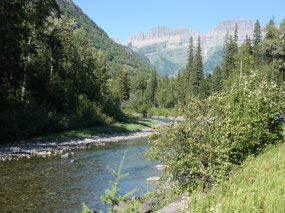
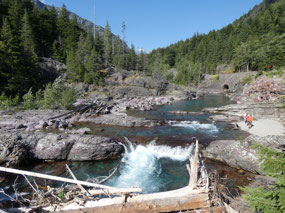


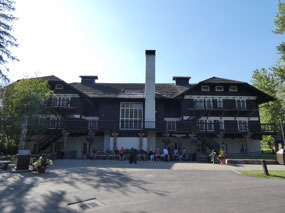
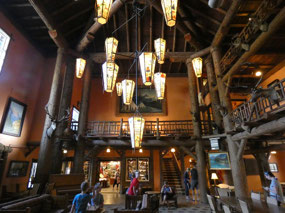
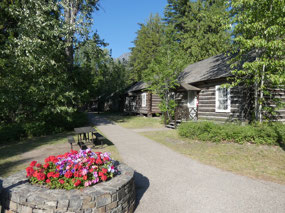
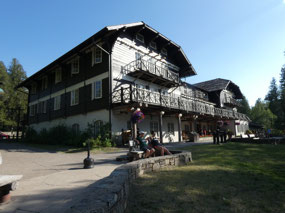
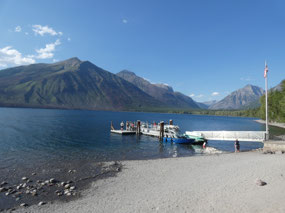
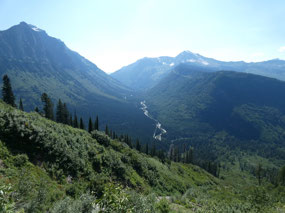

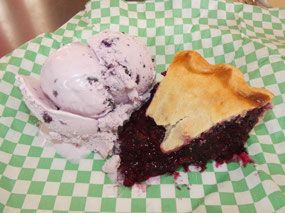
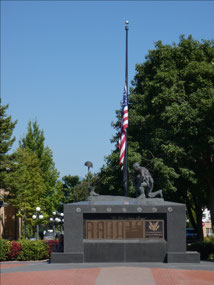

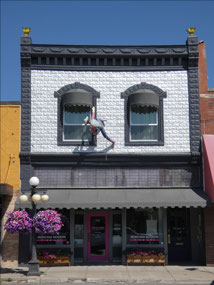
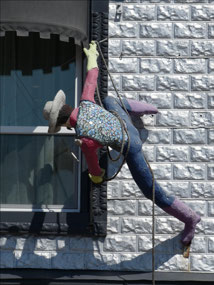
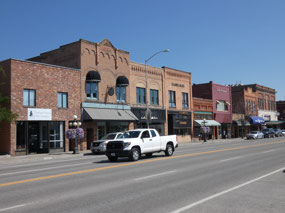
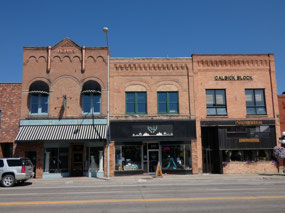
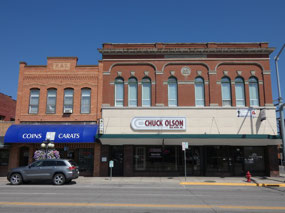
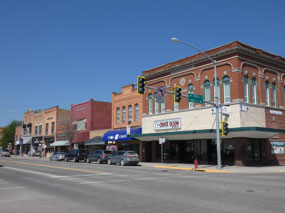
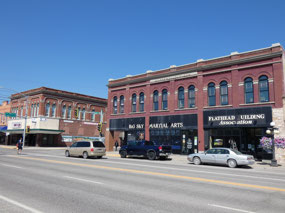


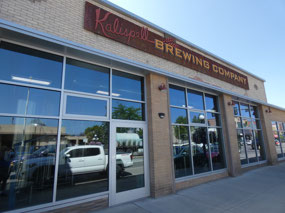
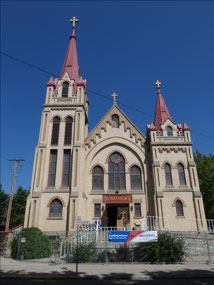
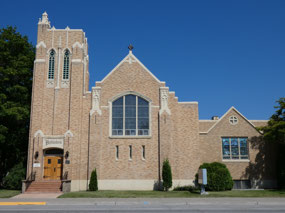
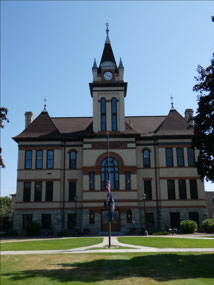
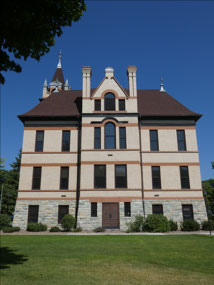
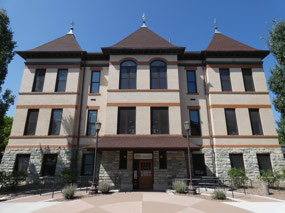
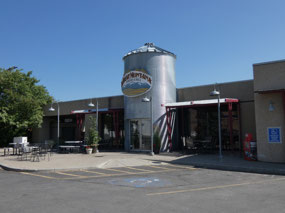
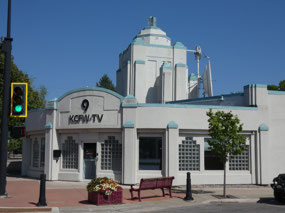
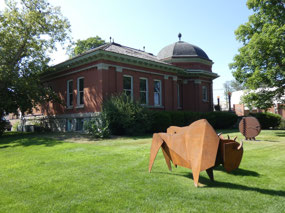

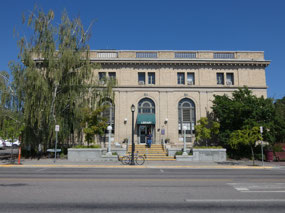
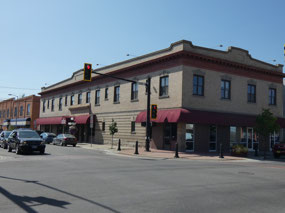
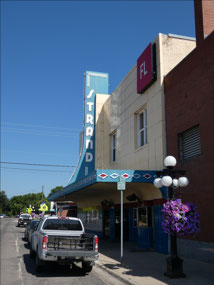
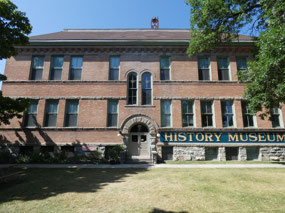
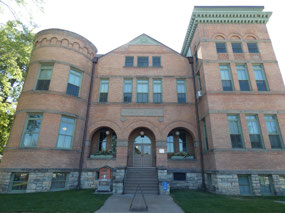

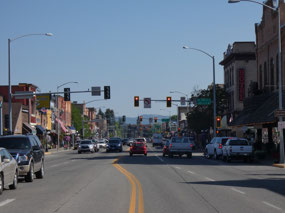
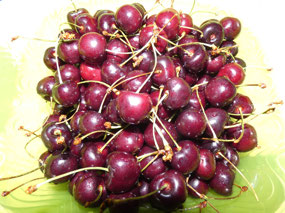
2025-05-23